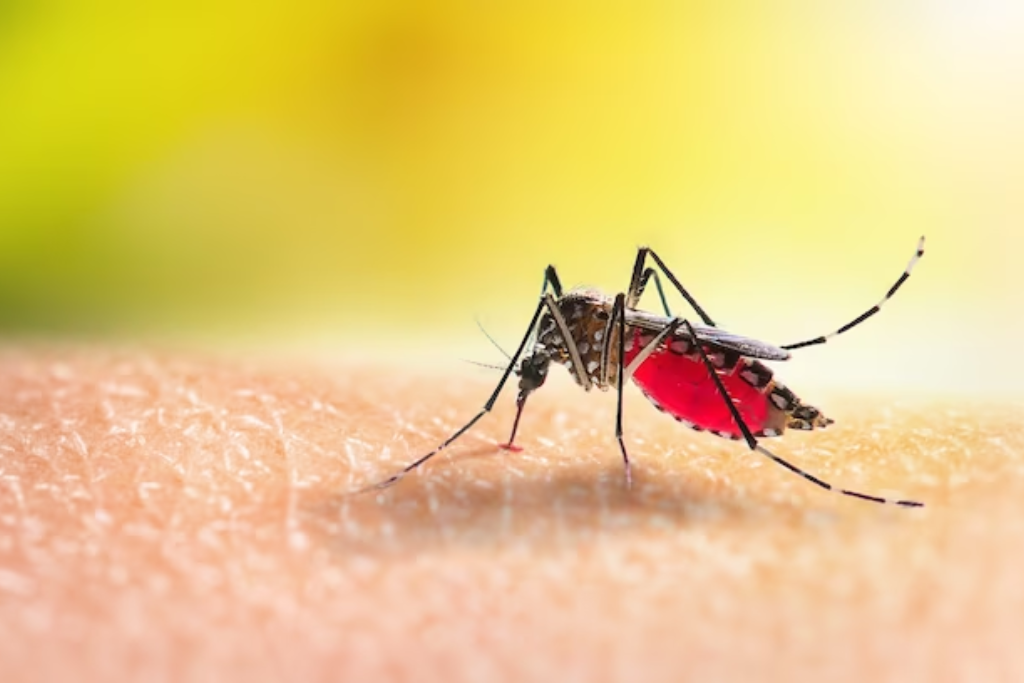Welcome to our blog post on the crucial role of mosquito control in preventing dengue outbreaks! Imagine a world where mosquitoes no longer threaten and communities can thrive without fear of this debilitating disease. Dengue fever is a global health concern that affects millions of people each year, causing severe illness and even death. But fear not! In this article, we will explore the importance of effective mosquito control strategies in combating dengue outbreaks. Join us as we uncover the methods, challenges, successes, and future directions for keeping these pesky insects at bay and safeguarding public health. Are you ready to dive into the fascinating world of mosquito control? Let’s get started!
The Importance of Mosquito Control in Preventing Dengue Outbreaks
Mosquito control plays a crucial role in preventing dengue outbreaks, and its importance cannot be overstated. Mosquitoes, primarily those of the Aedes species, transmit the potentially fatal viral disease dengue. It affects millions of people worldwide each year, causing severe flu-like symptoms and sometimes leading to more serious complications.
Effective mosquito control measures are essential for reducing the breeding and population of Aedes mosquitoes. By targeting their larvae breeding sites, such as stagnant water sources like uncovered containers or discarded tires, we can significantly reduce their numbers and interrupt the spread of dengue.
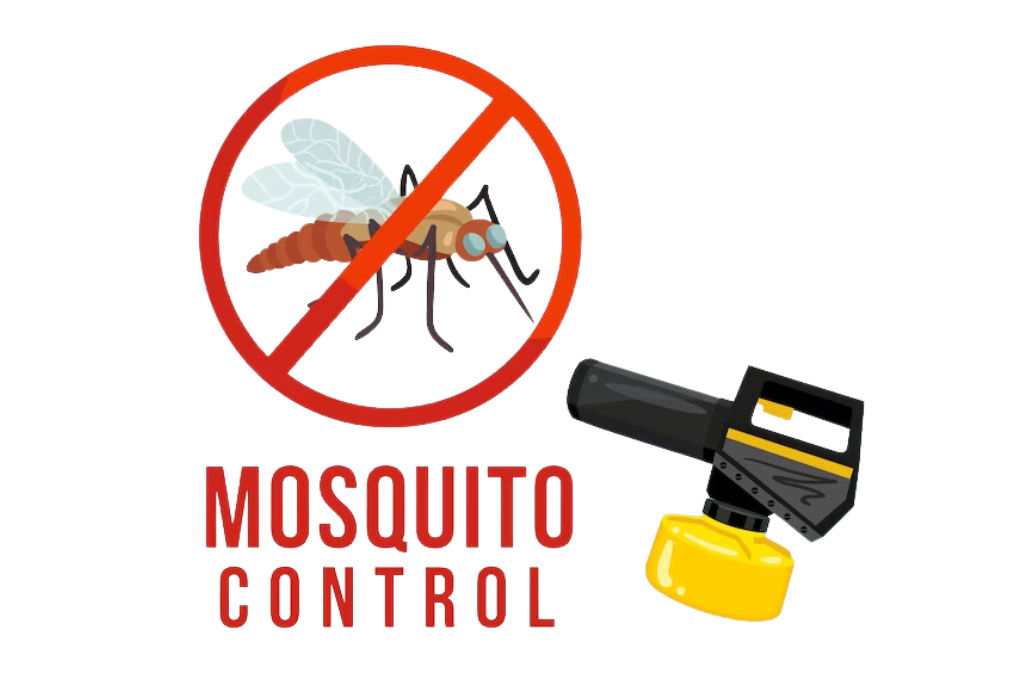
There are various methods used in mosquito control efforts, including source reduction, larviciding, insecticide spraying, and biological control using natural predators. Source reduction involves eliminating or modifying potential mosquito breeding grounds to prevent larvae from developing into adult mosquitoes. This could include proper waste management practices or regular cleaning of water containers.
Larviciding involves applying chemicals specifically designed to kill mosquito larvae before they mature into adults. Insecticide spraying is another method commonly used to target adult mosquitoes in specific areas where dengue cases have been reported.
Government involvement is crucial in implementing effective mosquito control programs. They play a pivotal role in coordinating efforts with local health departments and communities to raise awareness about dengue prevention measures. Additionally, governments should allocate sufficient resources for surveillance activities and ensure timely responses to suspected cases or outbreaks.
Community involvement is equally vital, as individuals must be responsible for maintaining clean surroundings and removing potential breeding sites within their homes or neighborhoods. Education campaigns on preventive measures like using bed nets or wearing long-sleeved clothing during peak biting times can also empower communities against dengue transmission.
Using effective mosquito control strategies can be hard because there are not enough funds, people do not know how to stay safe, and some communities do not want to use things like insecticide sprays because they are worried about the health or environmental effects.
Nonetheless, there have been success stories around the world where effective mosquito control programs have significantly reduced dengue transmission. Countries like
Methods of Mosquito Control
When it comes to preventing dengue outbreaks, mosquito control plays a crucial role. There are various methods that can be employed to effectively control the mosquito population and reduce the risk of dengue transmission.
One commonly used method is larviciding. This involves treating areas with stagnant water, such as ponds or puddles, with chemicals that target and kill mosquito larvae. By eliminating the breeding grounds of mosquitoes, larviciding helps to interrupt their life cycle and prevent them from maturing into disease-carrying adults.
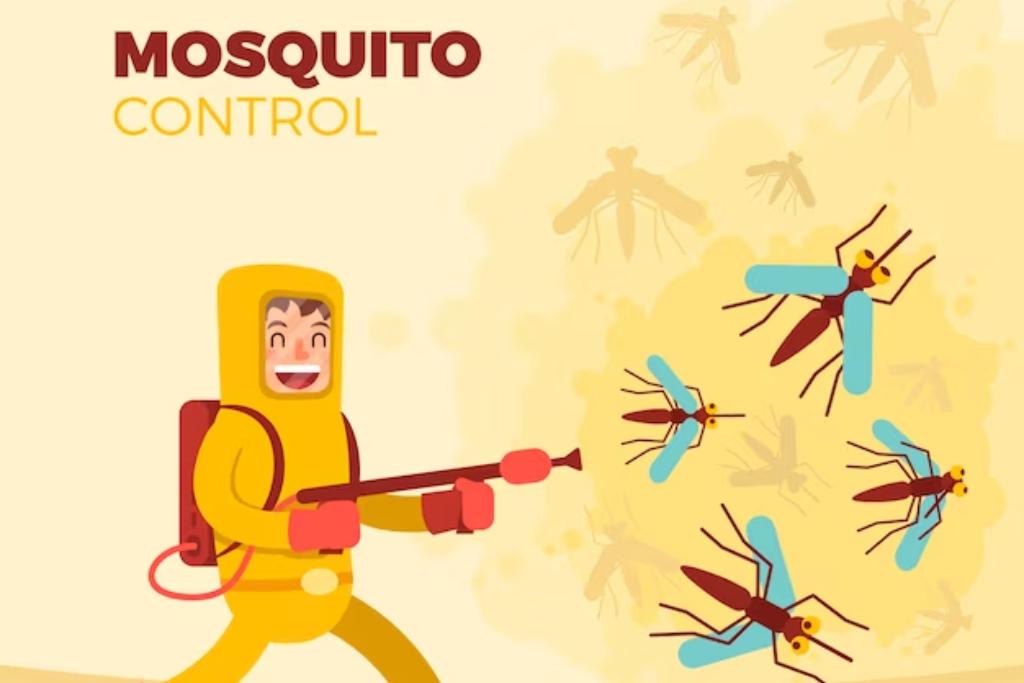
Another effective method is fogging or spraying insecticides in areas where adult mosquitoes are prevalent. This targeted approach kills adult mosquitoes on contact and reduces their numbers in specific locations.
Additionally, source reduction is an important strategy in mosquito control. This involves identifying and eliminating potential breeding sites by removing or treating containers that collect water around homes and public spaces. Simple actions like emptying flower pots, cleaning gutters, or covering water storage containers can go a long way in reducing mosquito populations.
Furthermore, biological controls can also be implemented as part of integrated pest management strategies for mosquito control. For instance, introducing certain species of fish or bacteria that feed on mosquito larvae can help naturally regulate their population without relying solely on chemical interventions.
It’s worth noting that no single method alone can effectively control mosquitoes and prevent dengue outbreaks. A combination of these approaches tailored to local conditions is often necessary for optimal results.
In conclusion (not concluding), implementing a comprehensive approach to mosquito control is key to preventing dengue outbreaks. By employing multiple methods simultaneously while considering environmental factors and community involvement, we have a better chance of reducing the spread of this debilitating disease
The Role of Government and Community Involvement
Government and community involvement play a crucial role in preventing dengue outbreaks. When it comes to controlling mosquitoes and reducing the spread of dengue, collaboration between these two entities is essential.
The government has the power to implement policies and regulations that promote mosquito control measures. They can allocate resources for research on effective mosquito control methods, provide funding for public awareness campaigns, and enforce legislation regarding standing water removal or insecticide use.
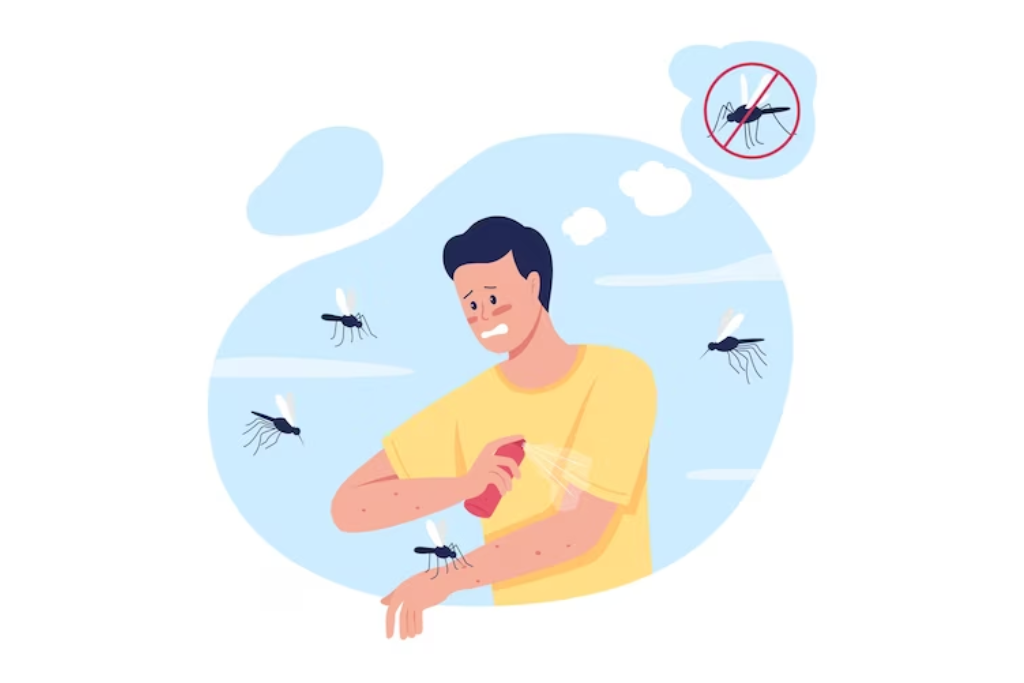
On the other hand, community involvement is equally important. Individuals must take responsibility for their own actions by eliminating breeding sites around their homes, such as emptying stagnant water containers and regularly cleaning gutters. Additionally, communities can organize clean-up initiatives or educate residents about simple prevention strategies.
By working together, governments and communities can create a more comprehensive approach to mosquito control. This includes programs to keep an eye on mosquito populations, using vector management techniques like removing larval sources or fogging when needed and checking potential breeding grounds on a regular basis.
Community participation also fosters a sense of empowerment among individuals who are directly affected by dengue outbreaks. By actively engaging with local government efforts in disease prevention activities such as clean-ups or educational workshops, citizens become active stakeholders in creating healthier environments.
However, challenges do arise when it comes to government-community collaborations. A lack of awareness about the importance of mosquito control measures may hinder participation from some individuals or communities. Limited resources could also pose difficulties for both parties involved in implementing preventive measures effectively.
Nonetheless, successful examples exist where governments have partnered with communities, resulting in significant reductions in dengue cases. For instance, Singapore’s National Environment Agency implemented an integrated approach combining education campaigns with strict enforcement policies and regular inspections, leading to a substantial decline in dengue cases over time.
In conclusion (without using those exact words), the role of government and community involvement cannot be underestimated when it comes to preventing dengue outbreaks through effective mosquito control measures.
Challenges and Successes in Implementing Mosquito Control Measures
Implementing effective mosquito control measures is no easy task. There are several challenges that need to be addressed in order to successfully prevent dengue outbreaks. One of the main challenges is reaching all areas where mosquitoes breed, as they can thrive in both urban and rural environments.
The resistance that mosquitoes have developed to insecticides is another issue. Over time, mosquitoes have evolved and become resistant to many commonly used chemicals. This makes it difficult for mosquito control programs to effectively eliminate the mosquito population.
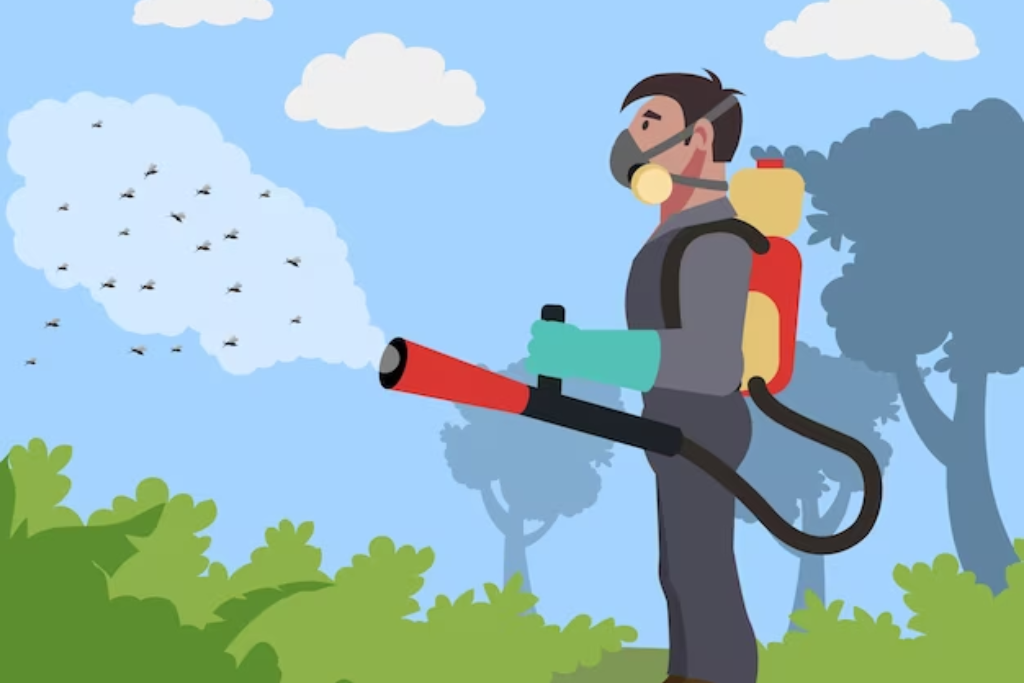
Lack of resources and funding is another major obstacle faced when implementing mosquito control measures. These programs require funding for equipment, personnel, research, and education campaigns. Without adequate resources, it becomes challenging to implement comprehensive strategies.
Community involvement plays a crucial role in the success of mosquito control efforts. Educating communities about the importance of eliminating breeding sites and taking preventive measures such as using bed nets can significantly reduce the risk of dengue transmission.
Successful implementation of mosquito control measures requires collaboration between various stakeholders, including government agencies, healthcare providers, community organizations, and individuals themselves. It is essential for these groups to work together towards a common goal: preventing dengue outbreaks.
Despite these challenges, there have been notable successes in implementing mosquito control measures around the world. Countries like Singapore have implemented integrated vector management approaches that combine chemical methods with biological controls, such as introducing natural predators like fish into water bodies where mosquitoes breed.
Other successful strategies include source reduction through regular inspection and the removal of potential breeding sites like stagnant water containers or tires, which are known habitats for Aedes mosquitoes.
In summary, the implementation of effective mosquito control measures faces various challenges but has also witnessed significant successes worldwide.
To continue making progress, it’s important for governments, international organizations, and communities to remain committed, invest adequate resources, research new methods, and educate people on prevention.
It’s an ongoing battle, but one that we must fight diligently if we want to protect ourselves from the threat of dengue outbreaks.
Case Studies: Countries with Effective Mosquito Control Programs
Singapore, a small island nation in Southeast Asia, has been hailed as a success story when it comes to mosquito control. With its proactive approach and comprehensive strategies, Singapore has managed to keep dengue outbreaks at bay. The country employs an integrated vector management system that includes surveillance, source reduction, and targeted control measures.
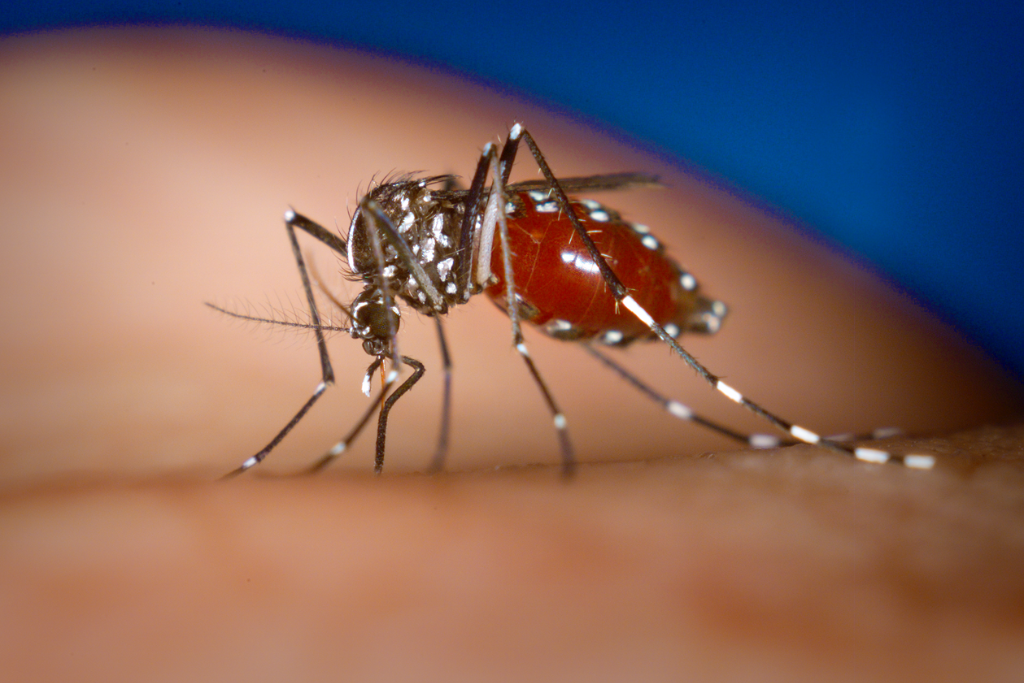
Thailand is another country that has made significant progress in controlling mosquitoes and preventing dengue outbreaks. They have implemented community-based programs that focus on educating the public about prevention methods and encouraging active participation in mosquito control efforts. Their approach includes regular inspections of potential breeding sites, such as water containers, and proper waste management.
In Brazil, where dengue fever is endemic, the government has taken strong measures to combat the disease. One of their successful initiatives is the use of genetically modified mosquitoes to suppress Aedes aegypti populations. These modified mosquitoes mate with wild ones but produce offspring that do not survive into adulthood, effectively reducing the population.
Australia also deserves recognition for its effective mosquito control programs. The country’s efforts include robust surveillance systems to monitor mosquito populations and identify areas at high risk for dengue transmission. Additionally, they prioritize research and innovation in developing new methods of vector control.
These case studies demonstrate that effective mosquito control requires a multifaceted approach involving various stakeholders, such as governments, communities, healthcare professionals, researchers, and policymakers, working together towards a common goal: preventing dengue outbreaks.
By studying these successful examples from around the world, other countries can gain valuable insights into implementing their own effective mosquito control programs tailored to their unique contexts. It is crucial for nations facing dengue challenges to learn from each other’s experiences and adapt strategies accordingly.
No matter how impressive these accomplishments are, it is important to remember that no strategy is foolproof or works everywhere because of differences in geography and climate. Because of this, mosquito control programs need to be constantly watched, evaluated, changed, and improved. Dengue prevention is an ongoing battle
As part of public health strategies, it is necessary to explore various aspects, including fitness routines. A recent article called “Health Benefits of 45 Minutes of Indoor Cycling” showed how adding indoor cycling to daily life increased physical wellbeing and contributed to overall wellbeing. Applying this insight to public health initiatives would provide more comprehensive and adaptable approaches toward disease prevention.

